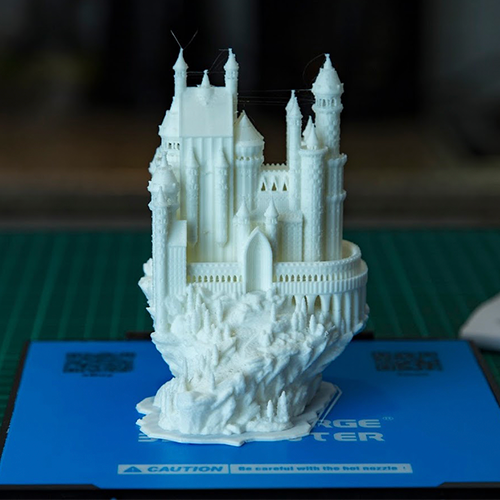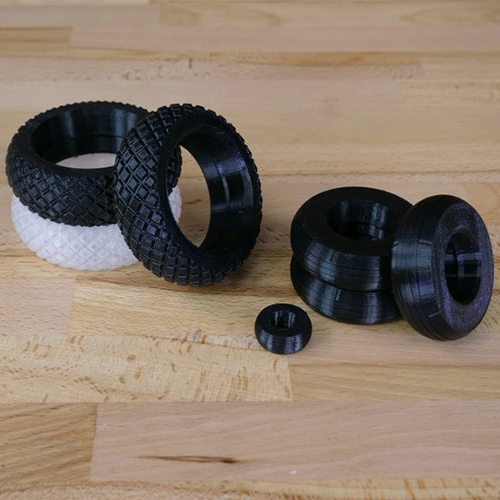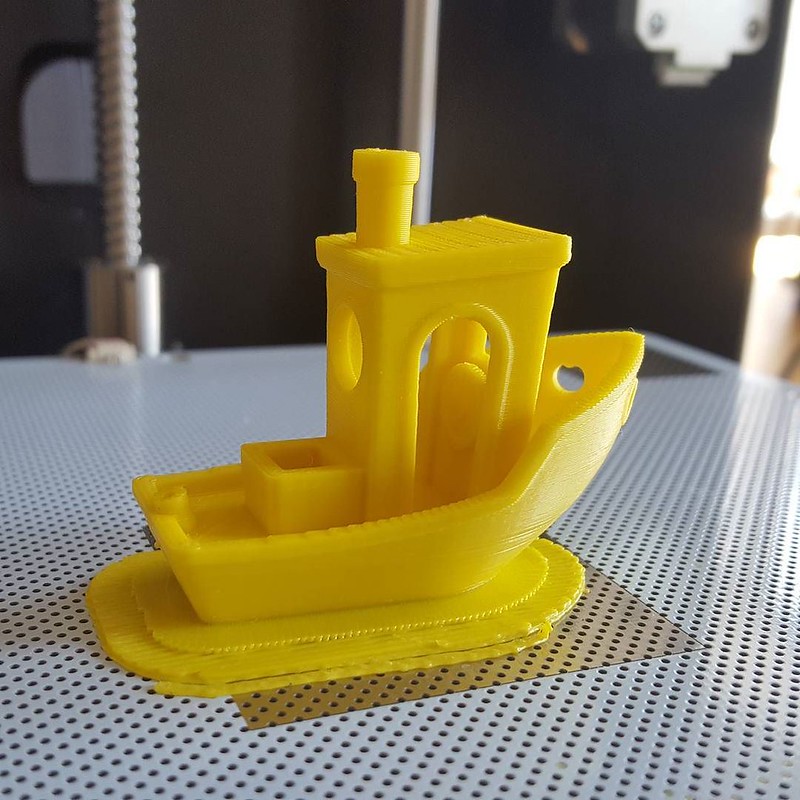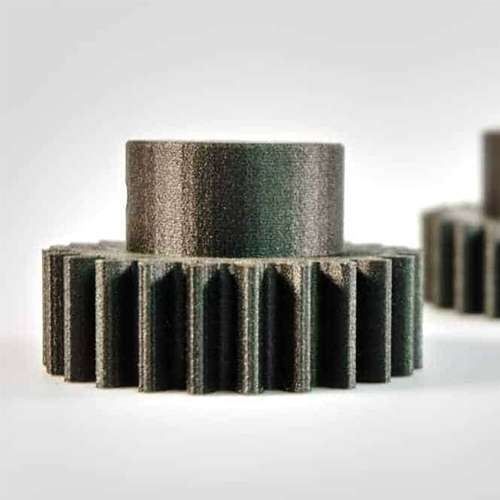GO TO MARKET FASTER
3D Printing with ABS Filament
NE Print Shop
GO TO MARKET FASTER
NE Print Shop
Acrylonitrile Butadiene Styrene (ABS) is a thermoplastic polymer that is majorly composed of Styrene. It is one of the earliest industrial plastics and is widely used in injection molding due to its low price and easy machinability. It has excellent toughness and high impact resistance. Other than that, it can be used in high temperatures due to a greater glass transition temperature. You have come across ABS more than you might realize. LEGO bricks, keyboard caps, musical instruments, helmets, automobile components are all ABS plastic.
ABS needs a heated bed and preferably an enclosed build chamber to print without issues. The recommended hardware for ABS filament is:
Even though ABS is a great 3D printing material, you’ll face a fair share of challenges while 3D printing ABS. As it is highly temperature sensitive, it is prone to warping quickly, even with the slightest of air drafts. The toxic fumes and the pungent smells make the entire 3D printing experience uneasy for some people. Read on to find out some of the best practices that will give you the best results when printing with ABS 3D printers:
ABS 3D printer filament can absorb moisture if stored outdoors. If your filament for 3D printing has moisture in it, you’ll get under extrusion, air bubbles, and blobs on your print, resulting in poor print quality. Any dust or dirt particles on the 3D printing filament can clog your nozzles, leading to printing issues. To avoid these and get a higher shelf life with ABS filament, you should store it in sealed bags or containers with desiccants inside them to absorb any moisture.
As stated earlier, ABS is prone to warping and layer adhesion issues. Usually, in ABS 3D printing, the upper layers are slightly colder than the bottom ones because they are far away from the heated bed. As a result, these upper layers will contract more, and if the contraction force exceeds the bed adhesion forces, the first layers will start to peel away from the bed’s surface.
To prevent this and increase the surface area at the bottom of the print, it is necessary to use brims or rafts while printing with ABS. You can even use an ABS slurry instead of a glue stick to ensure that the ABS print sticks firmly to the print bed.
ABS releases lots of toxic 3D printer fumes when it melts, and these fumes have a pungent smell and might cause headaches or dizziness if you have prolonged exposure to them. Hence, you should always make sure that you print ABS in a well-ventilated area. Even while printing in an enclosure, you can install a fan to ensure fresh air circulation within the print area.
One of the significant advantages of ABS filament is its post-processing capabilities. ABS material is highly reactive to Acetone and can melt if it comes in contact with Acetone. We can use this property to soften the upper surface of your ABS print and give it a smooth and shiny surface finish. The post-processed part looks similar to an injection-molded object, and there are no visible layer lines on the print’s surface.
Switch off the part cooling fan when printing with ABS. It lets the ABS layers cool down gradually and prevents layer adhesion issues.
If you have a dual extruder set up, you can use PLA material to support your ABS prints. These breakaway easily and leave no marks on the print’s surface.
Using ABS slurry and an enclosure will give you the best results with layer adhesion and print quality, and these will reduce any chances of warping and, subsequently, any print failures.
If you can manage to dial down the negatives of the ABS filament, it is an excellent material for 3D printing. Here are some of the applications and projects in which you can use ABS:
Keep the hot end between 215°-240° C and the bed temperature in the range of 90°-110 °C. Use an enclosure to prevent any air drafts, and for bed adhesion, use ABS slurry and Brim/Rafts.
ABS has excellent toughness and impact resistance properties. Here are some of the mechanical properties of ABS filament for reference:
You can get ABS filament directly from Amazon or other retailers.
Yes. ABS filament is hygroscopic and will absorb moisture if exposed to the external environment.
No. ABS Filament contains toxic materials and cannot be used for food-related items.
ABS filament is not as flexible as TPU or TPE but is still challenging and elongates a little before breaking.
If stored correctly, ABS filament can last for 2-5 years or even more.
ABS filament is a polymer composed of Acrylonitrile, Butadiene, and Styrene




